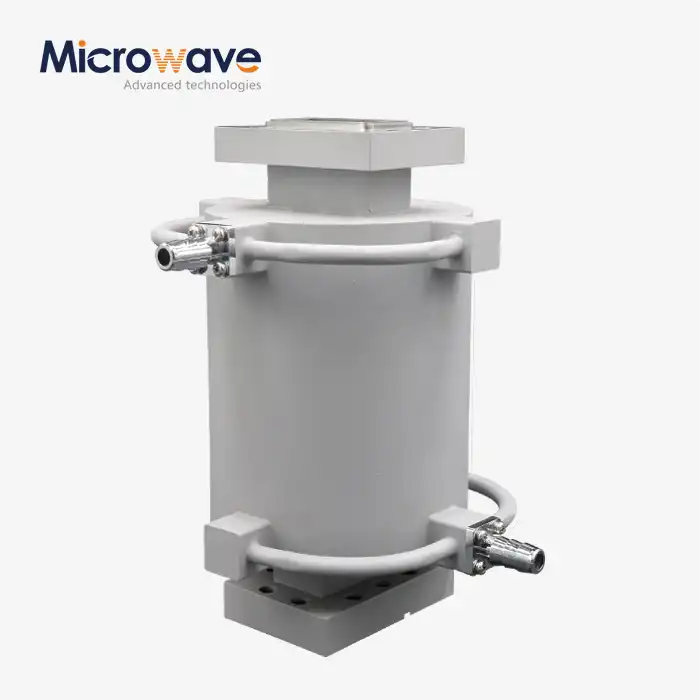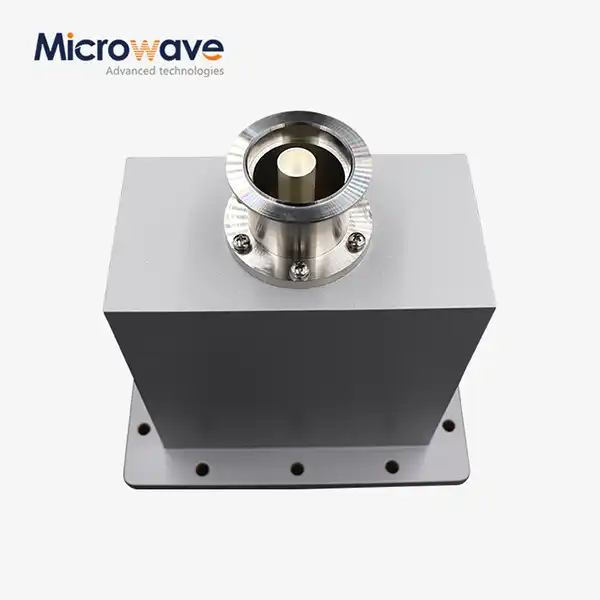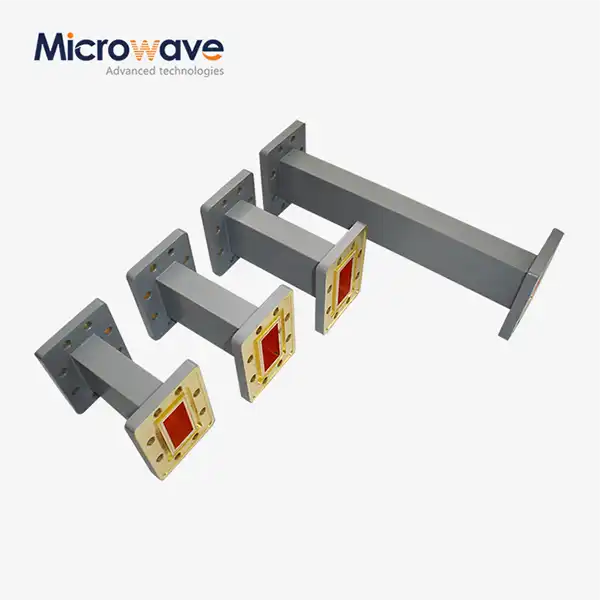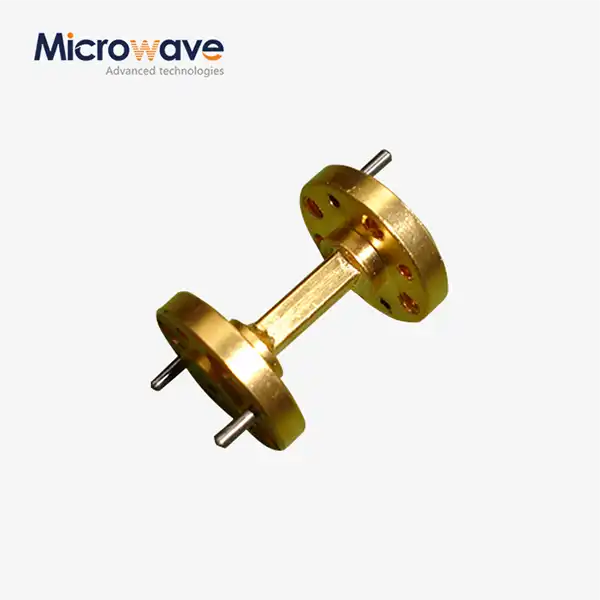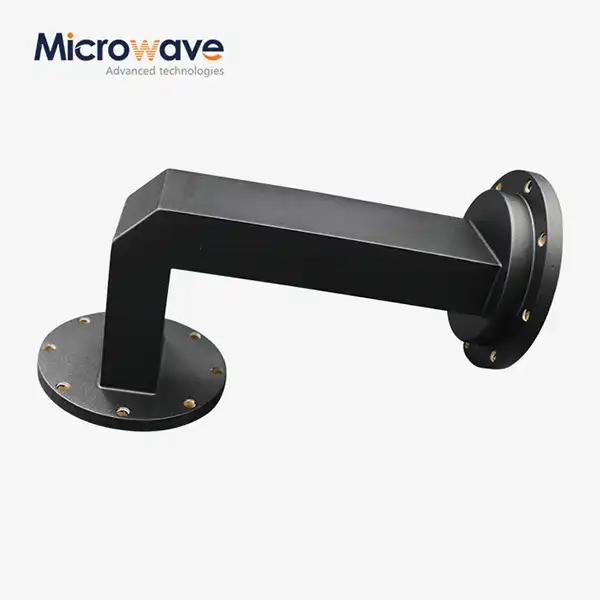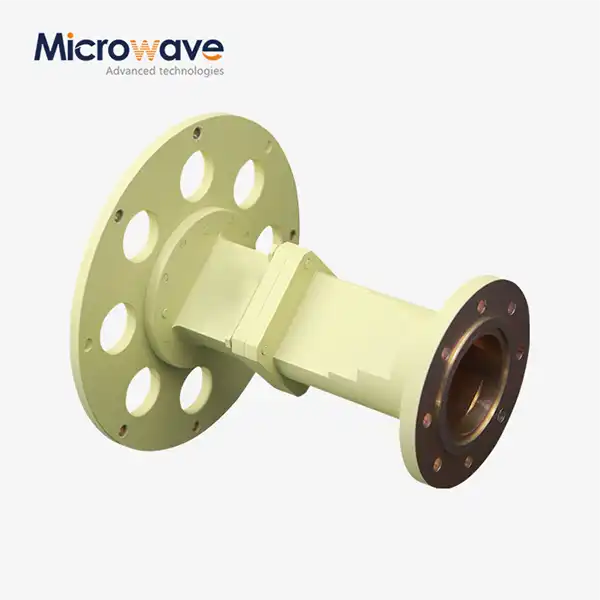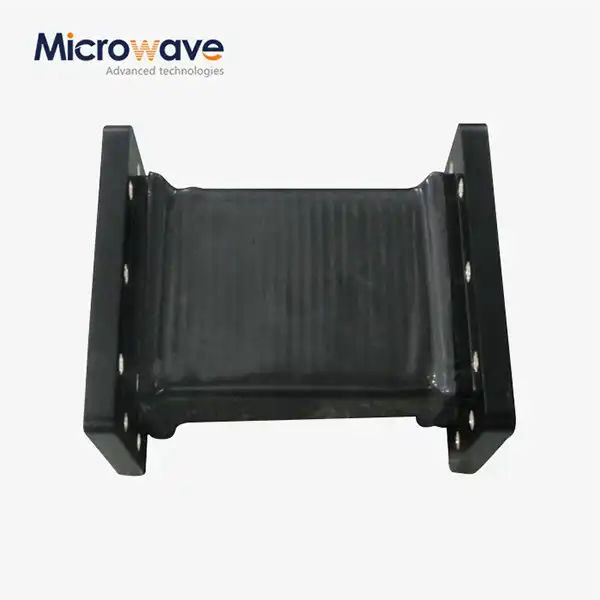Flexible Twistable Waveguide vs Traditional: Performance Analysis
When microwave engineers face the challenge of connecting components in complex, space-constrained systems, traditional rigid waveguides often become their biggest obstacle. Signal integrity degradation, installation difficulties, and maintenance complications plague conventional solutions. The Flexible Twistable Waveguide emerges as a revolutionary solution that addresses these critical pain points while maintaining superior performance standards. This comprehensive analysis explores how flexible twistable technology outperforms traditional rigid waveguides across multiple performance metrics, providing engineers with the insights needed to optimize their microwave transmission systems.
Understanding Flexible Twistable Waveguide Technology Fundamentals
Flexible Twistable Waveguides represent a paradigm shift in microwave transmission technology, engineered to overcome the inherent limitations of rigid waveguide systems. These precision-manufactured components utilize advanced helically wound construction techniques that allow both bending and twisting movements while preserving electromagnetic signal integrity. Unlike traditional rigid waveguides that require precise alignment and complex installation procedures, Flexible Twistable Waveguide solutions provide unprecedented adaptability in challenging installation environments. Advanced Microwave Technologies Co., Ltd. has pioneered the development of these revolutionary components, incorporating cutting-edge materials science and precision manufacturing techniques. Our Flexible Twistable Waveguides feature specialized Neoprene jacket construction designed to maintain pressure integrity while providing exceptional durability. The helically wound core structure enables seamless signal transmission across frequency ranges from 0.5 GHz to 110 GHz, making these components suitable for applications spanning satellite communications, aerospace systems, defense radar installations, and telecommunications infrastructure.
Key Construction Features and Engineering Excellence
The engineering excellence behind Flexible Twistable Waveguide technology lies in its sophisticated construction methodology. Each waveguide incorporates precision-wound metallic strips that create a continuous electromagnetic pathway while maintaining mechanical flexibility. This innovative design approach eliminates the signal disruption commonly associated with rigid waveguide joints and flanged connections, resulting in superior transmission characteristics and reduced insertion loss across the operational frequency spectrum. Advanced manufacturing processes ensure dimensional accuracy and surface finish quality that meets the stringent requirements of high-frequency applications. The internal conductor geometry maintains consistent impedance characteristics throughout the flexible section, preventing signal reflections and standing wave formation that can degrade system performance. Specialized coating technologies provide corrosion resistance and environmental protection, ensuring long-term reliability in harsh operational conditions.
Performance Comparison: Signal Integrity and Transmission Characteristics
The fundamental performance advantage of Flexible Twistable Waveguide technology becomes evident when examining signal transmission characteristics. Traditional rigid waveguides, while offering excellent electrical performance in straight-line applications, suffer significant limitations when system geometry requires directional changes or complex routing configurations. Each rigid waveguide joint introduces potential reflection points and impedance discontinuities that can compromise signal integrity. Flexible Twistable Waveguides maintain consistent transmission characteristics even when subjected to bending and twisting forces. Advanced materials and construction techniques minimize insertion loss variations across the operational frequency range, typically achieving performance levels within 0.1 dB of rigid waveguide equivalents. This remarkable consistency stems from the continuous conductor geometry and carefully controlled internal dimensions that prevent mode conversion and signal distortion.

Insertion Loss Performance Analysis
Comprehensive testing demonstrates that high-quality Flexible Twistable Waveguides achieve insertion loss performance comparable to traditional rigid systems while providing superior mechanical adaptability. Laboratory measurements conducted using Advanced Microwave Technologies' 24m Microwave Darkroom facility reveal insertion loss characteristics that remain stable across the entire operational frequency range, even under mechanical stress conditions. The helically wound construction of Flexible Twistable Waveguides creates a smooth electromagnetic pathway that minimizes current density variations and reduces conductor losses. Advanced surface treatment technologies further enhance electrical performance by optimizing conductor surface properties for high-frequency signal transmission. These engineering improvements result in transmission efficiency that meets or exceeds the performance standards established by rigid waveguide systems.
Installation Efficiency and System Integration Advantages
Installation complexity represents one of the most significant challenges facing microwave system designers when implementing traditional rigid waveguide solutions. Rigid systems require precise mechanical alignment, custom fabrication of transition sections, and complex support structures that increase installation time and costs. System modifications or reconfigurations often necessitate complete waveguide replacement, creating operational disruptions and maintenance challenges. Flexible Twistable Waveguide technology transforms system integration by eliminating the rigid constraints that complicate traditional installations. The inherent flexibility allows direct connection between misaligned components without requiring intermediate transition hardware or custom fabrication. This capability significantly reduces installation time, minimizes material costs, and simplifies system maintenance procedures.
Space Optimization and Mechanical Adaptability
Modern microwave systems increasingly demand compact packaging and efficient space utilization, requirements that challenge traditional rigid waveguide implementations. Flexible Twistable Waveguide solutions excel in space-constrained applications by conforming to available routing paths without compromising electrical performance. The ability to negotiate tight bends and complex three-dimensional paths enables optimal component placement and system layout optimization. The mechanical adaptability of Flexible Twistable Waveguides provides exceptional value in applications subjected to vibration, thermal expansion, or mechanical movement. Aerospace and maritime installations particularly benefit from this flexibility, as it accommodates structural movements without imposing mechanical stress on connected components. This capability eliminates the need for expansion joints and flexible connections required in rigid waveguide systems.
Durability and Environmental Performance Characteristics
Long-term reliability in challenging environmental conditions distinguishes high-performance Flexible Twistable Waveguides from traditional rigid alternatives. While rigid waveguides may offer superior short-term electrical performance under laboratory conditions, their susceptibility to mechanical stress, thermal cycling, and environmental contamination can compromise long-term system reliability. Advanced Microwave Technologies' Flexible Twistable Waveguides incorporate specialized materials and protective coatings designed to withstand extreme environmental conditions. The Neoprene jacket construction provides moisture protection, chemical resistance, and mechanical durability while maintaining flexibility characteristics. Internal conductor treatments prevent corrosion and oxidation that can degrade electrical performance over time.
Thermal Stability and Mechanical Resilience
Thermal cycling represents a significant challenge for microwave transmission systems, particularly in aerospace and outdoor installations where temperature variations can exceed 100°C. Traditional rigid waveguides experience thermal expansion stress that can cause joint failures, flange leakage, and mechanical damage. The continuous construction of Flexible Twistable Waveguides eliminates discrete joint interfaces that are vulnerable to thermal stress failures. Mechanical resilience testing demonstrates that properly specified Flexible Twistable Waveguides maintain electrical performance specifications through thousands of flexing cycles without degradation. This mechanical durability translates to reduced maintenance requirements and improved system availability compared to rigid waveguide installations that may require periodic joint retightening and replacement.
Economic Analysis and Total Cost of Ownership
The economic advantages of Flexible Twistable Waveguide technology extend beyond initial component costs to encompass installation efficiency, maintenance requirements, and long-term reliability benefits. Traditional rigid waveguide systems often require custom fabrication, specialized installation tools, and skilled technicians for proper implementation. These requirements contribute to higher total project costs and extended installation schedules. Flexible Twistable Waveguide solutions reduce total cost of ownership through simplified installation procedures, reduced material requirements, and improved system reliability. The elimination of custom transition sections and complex support structures reduces both material costs and installation labor requirements. Additionally, the enhanced durability and environmental resistance of flexible systems minimize maintenance costs and system downtime.
Conclusion
The performance analysis clearly demonstrates that Flexible Twistable Waveguide technology provides superior solutions for modern microwave transmission applications compared to traditional rigid alternatives. The combination of excellent electrical performance, mechanical adaptability, installation efficiency, and long-term reliability establishes flexible twistable technology as the preferred choice for demanding microwave applications.
Cooperate with Advanced Microwave Technologies Co., Ltd.
As a leading China Flexible Twistable Waveguide factory and China Flexible Twistable Waveguide supplier, Advanced Microwave Technologies Co., Ltd. offers comprehensive solutions for your microwave transmission challenges. Our position as a premier China Flexible Twistable Waveguide manufacturer enables us to provide China Flexible Twistable Waveguide wholesale pricing with High Quality Flexible Twistable Waveguide products. With over 20 years of microwave expertise, ISO-certified manufacturing processes, and our state-of-the-art 24m Microwave Darkroom testing facility, we deliver precision-engineered solutions that exceed industry standards. Our comprehensive OEM services include custom dimensions, material selection, and frequency optimization to meet your specific requirements. Whether you need prototyping support, technical consultation, or full-scale production, our expert team provides fast delivery and competitive Flexible Twistable Waveguide prices. Contact us at craig@admicrowave.com for High Quality Flexible Twistable Waveguide for sale solutions tailored to your application needs.
FAQ
Q: What are the main performance differences between flexible twistable and traditional rigid waveguides?
A: Flexible twistable waveguides offer comparable insertion loss performance while providing mechanical adaptability, easier installation, and better long-term reliability in dynamic environments.
Q: Can flexible twistable waveguides handle the same power levels as rigid waveguides?
A: High-quality flexible twistable waveguides can handle substantial power levels, though specific ratings depend on frequency, construction materials, and environmental conditions.
Q: How do installation costs compare between flexible twistable and traditional waveguide systems?
A: Flexible twistable systems typically reduce installation costs by 20-40% through simplified procedures, reduced custom fabrication, and faster deployment times.
Q: What maintenance advantages do flexible twistable waveguides provide over rigid systems?
A: Flexible systems eliminate joint maintenance, reduce mechanical stress failures, and accommodate thermal expansion without requiring periodic adjustments or replacements.
References
1. "Microwave Engineering Principles and Applications" by Samuel Y. Liao, Electromagnetic Wave Theory and Waveguide Design Fundamentals
2. "Waveguide Components for Antenna Systems" by IEEE Microwave Theory and Techniques Society, Performance Analysis of Flexible Waveguide Technologies
3. "Advanced Microwave Transmission Line Theory" by Robert E. Collin, Comparative Analysis of Rigid versus Flexible Waveguide Performance
4. "Microwave and RF Design of Wireless Systems" by David M. Pozar, System Integration Challenges in Modern Waveguide Applications




